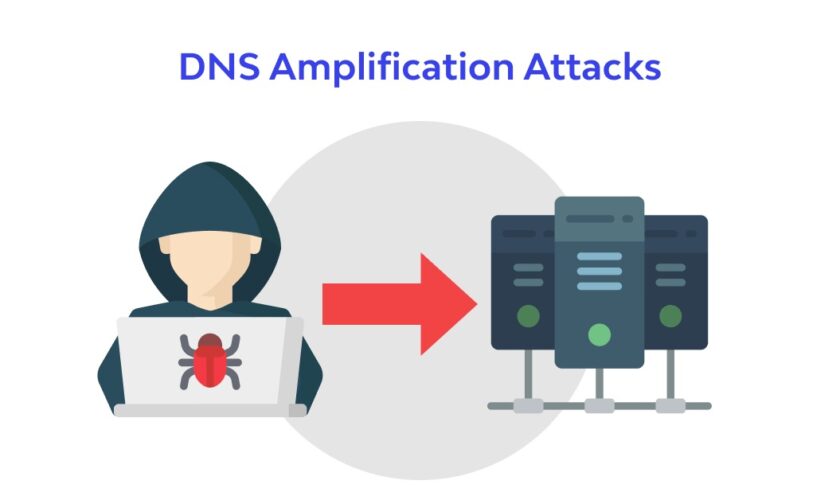Milf City is a popular online game that has been gaining attention for its unique and vibrant world. In this modern perspective, Milf City offers players a chance to explore a virtual city filled with exciting adventures and opportunities.
The game takes place in a bustling metropolis where players can interact with other characters, complete missions, and build their own empire. The graphics are stunning, with detailed animations and vibrant colors that bring the city to life.
One of the most appealing aspects of Milf City is the diverse range of activities available to players. From running businesses to participating in thrilling car races, there is no shortage of things to do in this virtual world. Players can also customize their character’s appearance and personality, adding a personal touch to their gaming experience.
In addition to the gameplay itself, milf city also features an engaging storyline that keeps players coming back for more. As they progress through the game, players will uncover secrets about the city and its inhabitants, adding depth and intrigue to their adventures.
Another highlight of Milf City is its community aspect. Players can join forces with friends or compete against them in various challenges and events. This social aspect adds an extra layer of excitement to the game, as players work together towards common goals or strive to outdo each other in friendly competition.
Overall, Milf City offers a modern perspective on online gaming by providing players with a dynamic and immersive virtual world. With its stunning graphics, diverse activities, engaging storyline, and strong community element, it’s easy to see why this game has captured the attention of so many gamers.
Whether you’re looking for an escape from reality or simply want to immerse yourself in a fun and exciting virtual world, Milf City has something for everyone. So why not dive into this vibrant world today and see what adventures await you? Who knows what wonders you may discover in this modern perspective on gaming!




